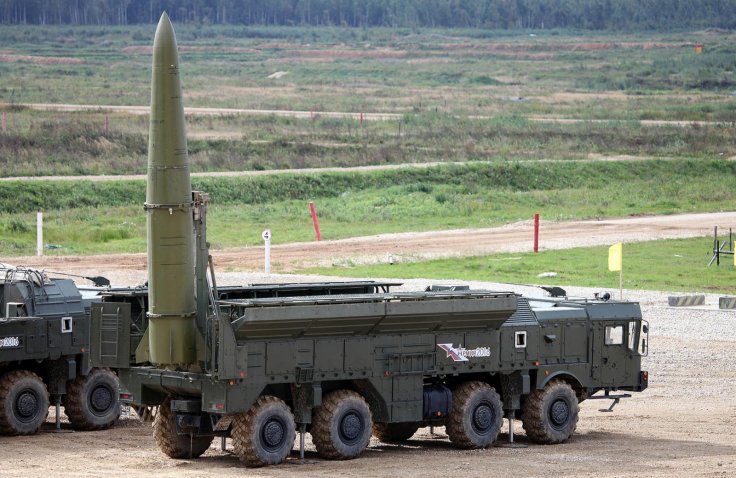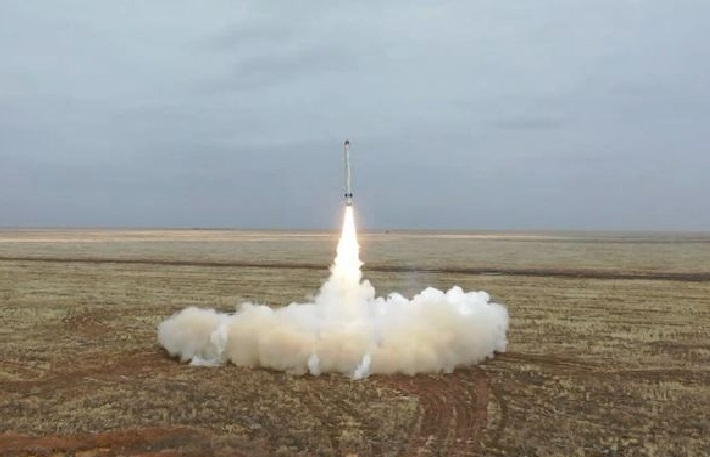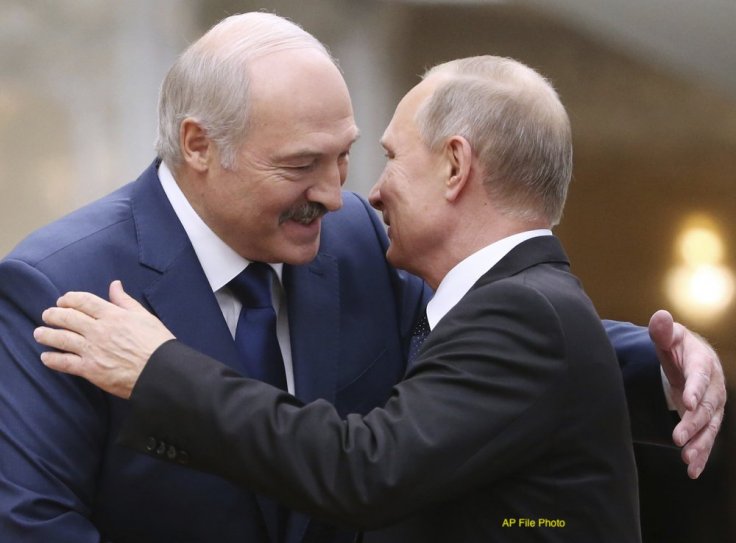Russian leader Vladimir Putin has confirmed that tactical nuclear weapons have been moved to Belarus, implying that the Nato bloc's alignment against Moscow will not meet its strategic goals. Putin said the first batch of the nuclear arsenal was moved to Belarus and the full array of weapons will be moved to the allied nation by the end of the year.
"As you know we were negotiating with our ally, (Belarusian President (Alexander) Lukashenko, that we would move a part of these tactical nuclear weapons to the territory of Belarus - this has happened ... The first nuclear warheads were delivered to the territory of Belarus. But only the first ones, the first part. But we will do this job completely by the end of the summer or by the end of the year," Putin said in St. Petersburg, during the International Economic Forum.

The Russian leader asserted that Moscow will use the tactical nuclear weapons only if the Russian territory was threatened. "Why should we threaten the whole world? I have already said that the use of extreme measures is possible in case there is a danger to Russian statehood," Putin added.
What are Tactical Nuclear Weapons?
Tactical nuclear weapons are smaller warheads that are used to take down specific targets. These are not mega bombs that will completely destroy cities and populations. While tactical nuclear weapons are less devastating than normal nuclear warheads, they can be used to deal the hardest blow to the enemy without causing widespread civilian casualties or severe radioactive impact.
A regular tactical nuclear weapon will have only a fraction of the explosive force of a regular nuclear weapon. For example, one of the earliest made tactical nuclear weapons in the US had a range between 0.1 and 1 kiloton. For perspective, the explosive force of the atomic bombs dropped in Japan during the World War II had explosive force of about 20 kilotons.

Russia has greater dependence on tactical nuclear weapons than the United States. While the US has made greater progress in advanced conventional weapons, Russia has lagged behind, forcing them to rely more on tactical weapons. It is estimated that Moscow has around 2,000 tactical nuclear weapons.
According to an analysis Russia's tactical nuclear weapons can be deployed by ships, planes and ground forces. "Most are deployed on air-to-surface missiles, short-range ballistic missiles, gravity bombs and depth charges delivered by medium-range and tactical bombers, or naval anti-ship and anti-submarine torpedoes. These missiles are mostly held in reserve in central depots in Russia," says University of Southern California analysis.
Russia said in March it would station tactical nuclear weapons in Belarus, escalating the conflict with Nato. Belarus, a close ally of Russia, shares borders with NATO members such as Poland, Lithuania and Latvia.

If Moscow indeed transfers tactical nuclear weapons to Belarus, Russia's nuclear attack abilities will be boosted along the Nato border. Putin said the deployment will not violate any international regulations, citing that the US has deployed tactical nuclear weapons in the territories of its allies.
Putin emphasized on Friday that the deployment is meant to serve deterrence goals. "...It is precisely as an element of deterrence so that all those who are thinking about inflicting a strategic defeat on us are not oblivious to this circumstance," said Putin.
Meanwhile, the US downplayed the deployment of strategic nuclear weapons in Belarus. "We don't see any indications that Russia is preparing to use a nuclear weapon," US Secretary of State Antony Blinken said.









